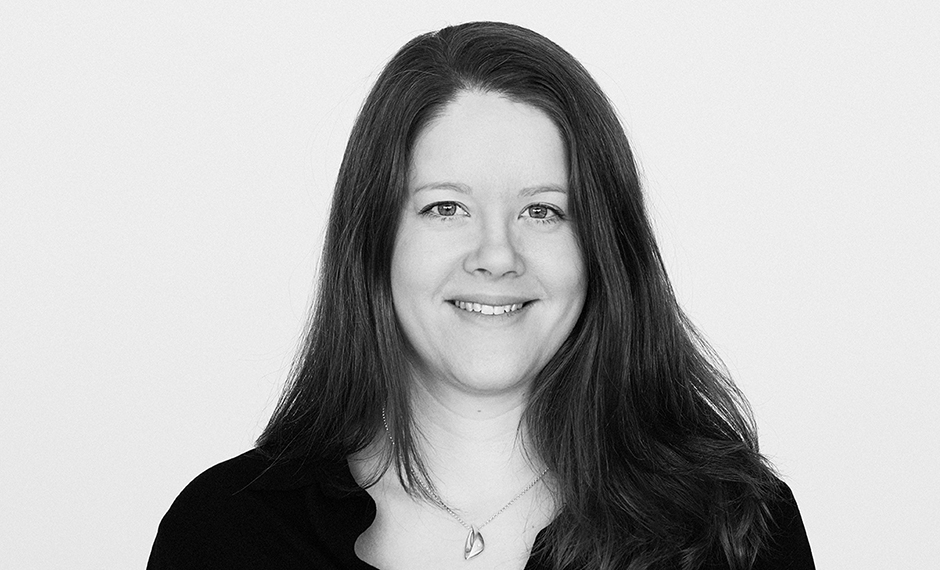The Star-Spotting Experiment, this year’s citizen science project in connection with the European Researchers’ Night events in Sweden, is now well underway. Members of the public across Sweden are helping scientists to measure light pollution by counting stars in the sky and recording the data in a specially-designed app. Here we catch up with Lena Söderström, Project Manager at VA (Public & Science), who is coordinating the Star-Spotting Experiment, to find out how the project is progressing.

The Star-Spotting Experiment was launched in February. Tell us about what has happened to date.

We quickly had teachers all across the country signing up their schools to participate, which translates into around 13,000 pupils. An additional 44 organisations and outdoor clubs, as well as over 150 individuals also signed up to find out more.
We’ve also had a lot of media interest in the project – the first weeks were a lot of fun and incredibly intense! Myself, my colleague at VA Martin Bergman, and Urban Eriksson from Lund University, who is responsible for the scientific part of the project, have each been interviewed about the project on radio and TV and for a number of articles.
During this first period of the project, we have also had a lot of contact with participants, via the app but also through newsletters and our Facebook group. In dialogue with participants, we have also further developed our information materials to ensure the observation task is as smooth as possible. Now the summer is approaching, the evenings are becoming a lot brighter in Sweden so we do not expect so many observations over the next few months. However, in the autumn we will start to promote the project again.
Urban Eriksson is now analysing the results from the first months of the project, which will be published during the European Researchers’ Night on 27 September. We can see that over 800 observations have been made all across Sweden during the spring and we expect many more to participate in the autumn, when the nights are warmer.
The past months, I have presented the project at international conferences in Brussels, Vienna and Copenhagen, and have been inviting organisations in other countries to join the project and start running it in their countries from September onwards.
Tell us more about the international aspect of the project and interest from other countries to run the experiment.
I’m excited to be able to say that the project will be run by organisations in Spain and Ireland, and probably the UK, from September onwards, which will enable international comparisons. I can’t tell you more just yet…
How will the collected data be used?
The whole focus of the experiment is the light pollution that ordinary people experience in their everyday lives, which is an important perspective. Light pollution is an environmental problem we rarely speak of, but everyone can relate to how we light up our societies at night and the difficulties seeing the night sky in our cities. So the experiment will contribute knowledge about light pollution at a very local level.
The experiment is also testing a new simple observation method, using a cardboard tube that is pointed at nine different directions in the sky. Urban Eriksson, the researcher who developed it, will be evaluating the method against others and comparing the collected data with data from satellites.
All data will be open source and will be freely available to anyone to use for future research too.
What does stage 2 of the project involve?
Once we have published the results of the first months of data collection on European Researchers’ Night in September, we will then start heavily promoting the project to get more observations. Schools across Sweden will be invited to participate again. We’re really looking forward to seeing the project go international too so that we can compare data between different countries. The project is planned to run until February 2020.
If someone is interested in getting involved in this citizen science project, what do they need to do?
You just need to download the app “Stjärnförsöket/Star-Spotting” (on Google Play or App Store) and visit www.forskarfredag.se/star-spotting for more information about how to build your star-spotting tool. On our website you can also find videos (with English subtitles) and our information materials will be available in English too from mid-July.
We encourage as many people as possible to go out in the evening in their local neighbourhood to count the stars and reflect upon how we all can get better at using the right light in the right place!

Can we have some more illustrations to promote this please, taken at night? The one with you both in blue and red jackets is good, but as it’s in daylight if gives the wrong impression (I realise you probably took it a few months ago, so there was no night where you are!!) Tusentak för ett utmärkt initiativ!
Peter Household, Cork Astronomy Club
Hi Peter! Thank you for your question! I’ll e-mail you some pictures, so check your inbox 🙂
Hanna Mellin, digital communications at Vetenskap & Allmänhet
Can we have some more illustrations to promote this please, taken at night? The one with you both in blue and red jackets is good, but as it’s in daylight if gives the wrong impression (I realise you probably took it a few months ago, so there was no night where you are!!) Tusentak för ett utmärkt initiativ!
Peter Household, Cork Astronomy Club
Hi Peter! Thank you for your question! I’ll e-mail you some pictures, so check your inbox 🙂
Hanna Mellin, digital communications at Vetenskap & Allmänhet